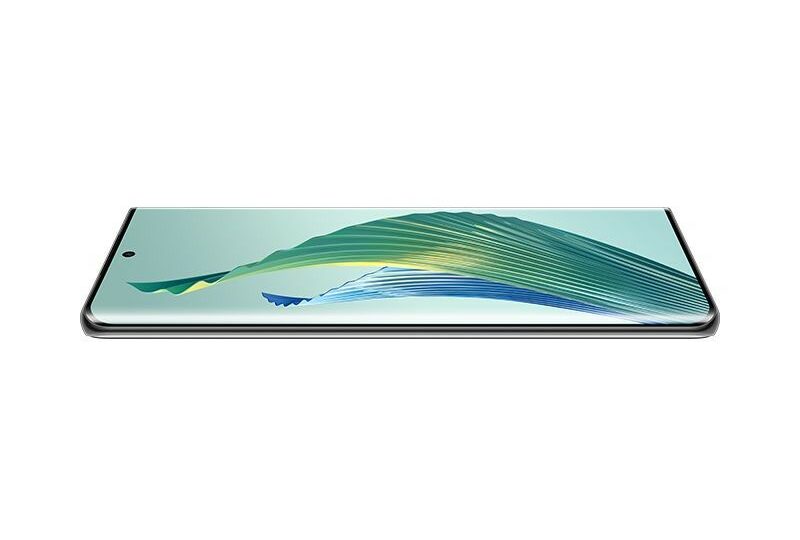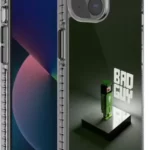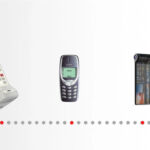Selection of smartphones is a tricky thing and many parameters need to be considered during smartphone selection. Smartphone display feature plays a key role in this selection. Some important information regarding display feature is summarized below.
Display
Modern smartphones like use a variety of screens that differ from each other in a number of characteristics:
- Matrix type
- Diagonal and resolution
- Pixel density
- Update rate
- Shape – flat, flexible (bending) and waterfall screens
- Brightness
Let’s consider the parameters in more detail.
Matrix types
Today, screens with one of five types of matrixes are installed.
- IPS
A common type of screens for smartphones. Such displays are characterized by a long service life and increased power consumption. The black color is not ideally transmitted – it seems dark gray. Sometimes there are distortions of the picture, if you look at it at an angle.
- TN
Such screens are put in cheap models. They are inferior to other matrices in terms of brightness, contrast, color reproduction quality and the width of the viewing angles.
- OLED
The display consists of several layers. With excellent contrast, adequate color reproduction, deep blacks without fading, with minimal distortion when viewed from an angle. It differs from IPS in reduced power consumption and a shorter service life: pixels tend to burn out.
- AMOLED
Same display as OLED, but with optimized power consumption – more economical.
- Super AMOLED
Developed by Samsung. The difference from AMOLED is in the absence of an air gap between the touch layer and the matrix.
If you watch videos, shoot and take pictures, it is better to choose HONOR Magic 5 Lite deals uk having high-quality color reproduction and true black.
Brightness
The higher this figure, the better. A big role in whether you can distinguish something on a smartphone screen on the street is played by the type of surface – whether the display has an anti-glare coating or not. In the first case, even at an average brightness, the picture will be quite readable, in the second, even at 800 nits, you can hardly see it.
Manufacturers are constantly improving the characteristics of matrices, so it is impossible to specifically recommend this or that display. The average performance of top smartphones is within 550 nits. Before buying, check the technical specifications, paying attention to the standard and peak brightness, as well as the anti-glare properties of the screen.
Screen size and resolution
The gadget, as a rule, is chosen along the diagonal of the screen. The most common smartphone size is 6.1-6.5 inches. It is easy to find accessories for such devices, they are convenient to operate with one hand, they can easily fit into a jacket pocket or a handbag.
The larger the display, the more comfortable it is to work and watch video content on it, but it is not always convenient to hold it or carry it in your pocket. We recommend choosing the size of a smartphone based on your own feelings.
Screen resolution depends on its diagonal. Ideally, the higher this setting, the better. But with a large diagonal and insufficient resolution, the picture on the screen will turn out to be blurry, grainy. Standard smartphone screens: 4 inches – 800 x 480, 5 inches – 960 x 480, 6 inches – 690 x 540 and more.
Pixel Density
The parameter is directly related to the size of the smartphone. Here is the same story as with resolution – the higher the pixel density, the better the picture. This parameter must be taken into account, so you have to look into the technical documentation.
You can also determine the pixel density by eye:
- Up to 350 – the picture on the screen is not very clear
- 350-450 – a standard indicator for smartphones in the middle price segment
- 500 pixels and above is a great image
Update frequency
The display’s high refresh rate keeps the picture smooth. The higher this parameter, the sharper the image, especially if the object is moving. The refresh rate is also important in games.
But not all modern apps support higher screen refresh rates. Also, any technical improvements cost money. This means that a smartphone with a 60Hz screen will be cheaper than exactly the same, but with a 120Hz display.
Form
The display can be flat or with curved edges that reach the middle of the frame – these are often called waterfall or borderless screens. Despite the extraordinary appearance that the waterfall screen provided to the smartphone, the novelty did not take root, revealing a number of problems:
- When viewed from the side, the image turned out to be distorted
- Not a single protective glass or film was suitable for such a screen
- The gadget was uncomfortable to hold in hand
- Programmers had to separately develop applications for such a screen
In addition to all of the above, curved screens are more expensive, respectively, and the cost of a smartphone increases.








